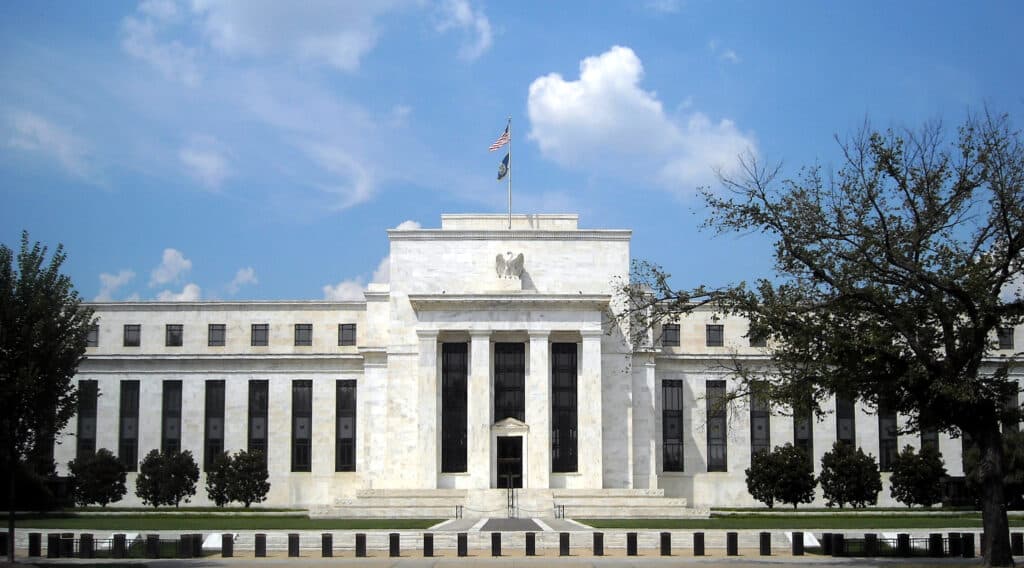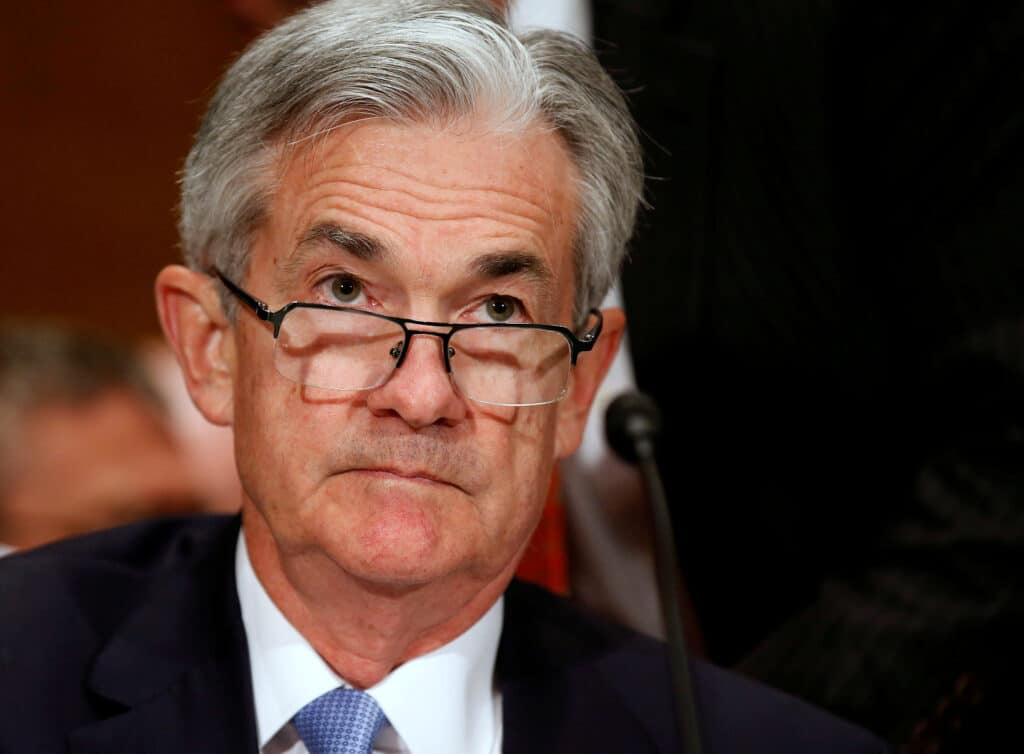Bonds have been a sure fire money loser these past couple of years – at least fixed coupon have. Anything with a fixed coupon always does lose out when there’re either rising interest rates or inflation. But now there’s that idea that the rate cycle has peaked. So, is it time to get back into bonds then?
Here we’re talking about US dollar instruments of course. The Pound and Euro cycles are less obvious and clearly the Turkish Lira is in a tailspin and so on, so let’s stick with the one currency that we can analyse.

So why have interest rates been rising?
The reason the Federal Reserve has been raising interest rates is not just to beat off inflation. That’s the public one, but there’s also this idea that real interest rates should be positive. It just is true that a $ today is worth more than one tomorrow. The difference in that value is, by definition, the natural interest rate. QE and all that saving the world from disaster have meant near zero nominal and negative real (ie, inflation adjusted) rates for near 15 years now. Yes, beating inflation is important to the Fed. But so is getting the nominal interest rate a few percentage points about the inflation rate – positive real interest rates.
So, the Fed looks at Personal Consumption Expenditure (PCE) as its preferred inflation rate. It also thinks this should be 2%. PCE just came in at 3%, so nearly there, right? Except not quite, the Fed looks at Core PCE which is falling but still 4.1%. Core loses food and fuel. Sure, they’re important, but the avian ‘flu outbreak which is now solved, so the price of eggs is coming down, well, that’s not general inflation. That’s an avian ‘flu outbreak.
That interest rate cycle is assumed to have peaked
The general market estimation is that the Fed is, therefore, near the peak of its interest rate cycle. They left rates alone at the last but one meeting. Then another raise at the last. Jerome Powell keeps saying they’re likely to do more and the market doesn’t really believe him. That general market consensus is that the rises are done. And, assuming that inflation does continue to decline from here they might well be right. The current Fed Funds rate would give a real, risk free, interest rate of about 3% assuming inflation returns to target. About right according to many macroeconomists.

A turn in interest rates – and a turn in real interest rates, more importantly – does entirely change the investment case for bonds. With a positive real interest rate we can gain an actual income from out investment in them. Then there’s also the option of speculating on the interest rate cycle.
But it’s a cycle, any peak is the start of a slide
We know, for example, that at some point there’s going to be another recession. That’s just the way of the world. So, there will be another time when interest rates fall. At which point the capital value of bonds with high coupons rises.
Well, OK, but that’s all investing. We can go into bonds directly – Treasuries, high liquidity corporates, MBS (mortgage bonds) and so on and get slightly different rates for accepting different credit risks. If we really reach for yield then we can get it in junk bonds but we’d better have a portfolio to spread the pain of the failures that will happen.
So, how do we trade the interest rate and inflation changes?
We might also want to trade on this and that’s a slightly different game. Because most of the instruments we might use will already have all of the above already in their prices. And if we’re going to trade then we’re not there for the interest coupon, we’re looking for capital gains. Which means that we are, by definition, taking the position that the market as a whole is wrong on some of the above assumptions.
The instruments we can use to play bonds – some examples
If we’re to play those interest rate assumptions only we might try the Treasury 30 Bond EFT (NYSEARCA: UTHY) if we’re on the bull side. That is, we think interest rates will decline faster than everyone else does. Or bear, the ProShares Short 20 year (NYSEARCA: TBF). There are also varied leveraged versions of such instruments but note that the leverage itself means they are for intraday, not longer term, positions.
It’s even possible to take much more sophisticated positions. Say, that corporate defaults will rise by much more than interest rates will fall as a response. So, short a high yield corporate (those junk bonds above) and long the equivalent Treasury.
Do note that it’s possible to trade in the Treasuries directly, but in the corporates the low size and spread can be daunting. ETFs are the way to play positions here. Or, of course, contracts for difference on the indices or the ETFs themselves.
The real point here about bonds is that with positive real interest rates making their reappearance and inflation falling we’re now in a period of uncertainty for bonds. Uncertainty is what moves short term prices as opinions trade. There is therefore money to be won – and lost – in trading in bond markets or instruments that track them in a way there hasn’t been for near a couple of decades. The uncertainty means they’re no longer a one way bet, d’ye see?